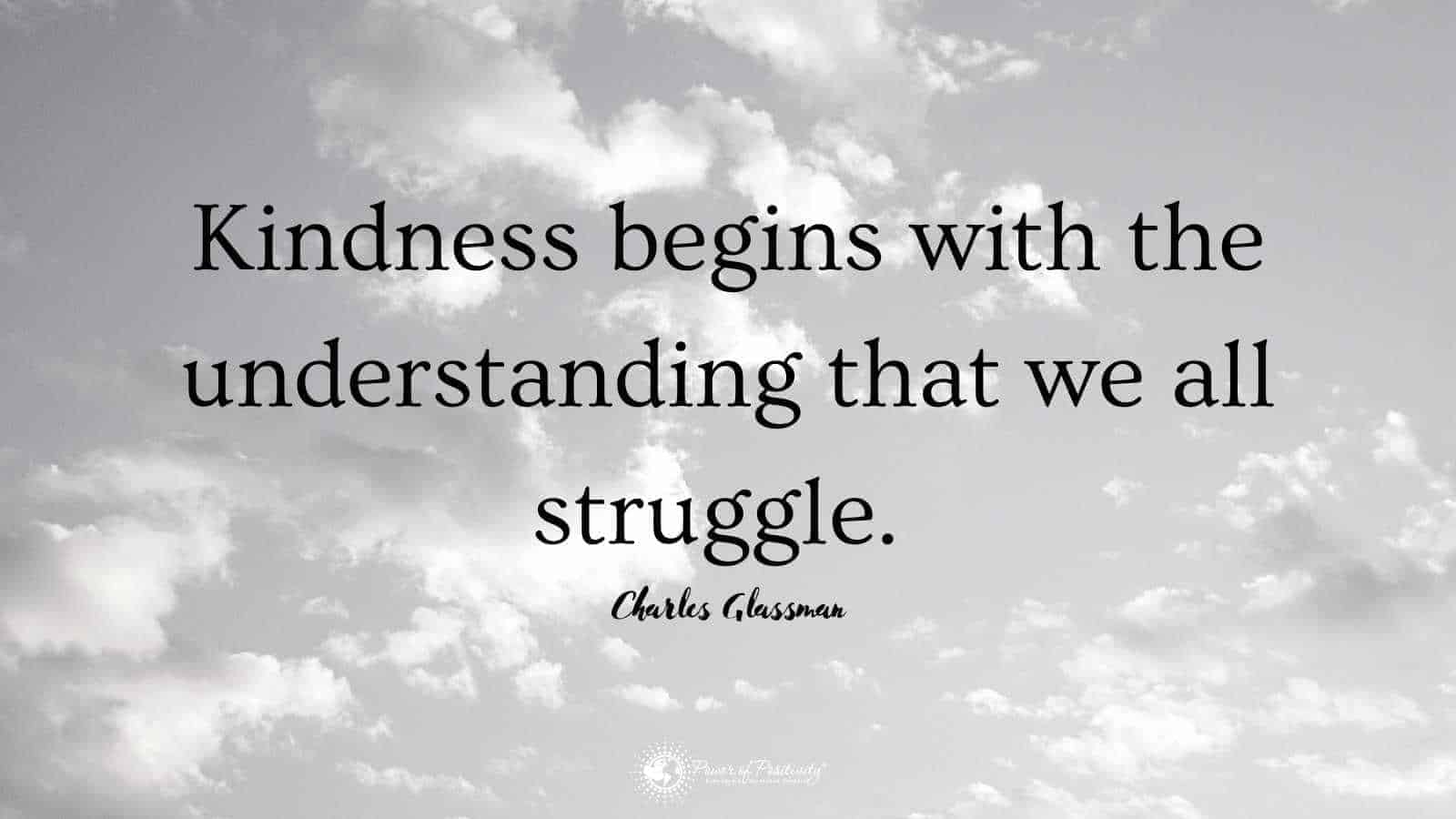Learn more about the most common signs that someone is having intimacy issues.
Intimacy is a huge part of any relationship, and it stretches beyond romance and the libido. To have intimacy issues, however, is not just about refusing to share special moments in the bedroom. The fear of opening up and exposing one’s soul to another human being could spark problems between partners.
So, how can you tell if someone has intimacy issues? Take a look at some signs that indicate someone has intimacy issues.
10 Signs Someone Has Relationship and Intimacy Issues
“Intimacy is something to be cherished, and intimacy is not something to be afraid of.” – Ira Sachs
1 – Their relationships are always fleeting
People with intimacy problems might have no long-term friendships or prefer a one-night stand. Their connections with another human are usually exciting, intense, and short, much like a whirlwind romance.
However, this could indicate a fear of intimacy since the relationship is hardly nurturing. Someone who refuses to invest in a union with another person, or who wants to cut ties with the current partner to find the next person to excite them, may fear intimacy.
2 – They are picky about their partners
It is admirable to choose one’s partner carefully, knowing this will be the person you’ll spend the rest of your life with. However, being extremely choosy and having unrealistic standards when dating someone could indicate that a person has intimacy issues.
People in happy, loving, and fulfilling relationships overlook the imperfections of their partners. A person who fears intimacy, however, will always find something wrong with the one they’re with. For this reason, relationship issues may crop up regularly.
Finding faults and nitpicking can set up a potential lifelong relationship to fail. According to a study published in the Association for Psychological Science, a person with intimacy issues may choose to focus on a person’s imperfections to end the relationship before it becomes more complicated.
3 – They like “no strings attached” hookups
Someone who has intimacy issues prefers to hook up with a partner who doesn’t expect anything in return. It could also take them a while to define the relationship in terms of “boyfriend and girlfriend,” because all they want from the other person is to be intimate in bed.
Their union with other people becomes too familiar too quickly. Dating is like a conquest, but when it becomes too intimate, they’ll cut themselves off from the relationship and run.
4 – On the flip side, they avoid being in bed with their partner
By contrast, people who fear intimacy may recoil from the physical aspects of a relationship altogether. They choose not to move on to the next level as boyfriend-girlfriend, married couples, or lifelong partners. They go from wanting to be always physical in the beginning to not wanting this connection at all.
Someone who shows no interest in becoming physical usually justifies that there’s something else “missing” in the relationship. Thus, they end things with their partner early on.
5 – They are workaholics
Someone who is married to his or her job could be using the workaholic lifestyle as a way to avoid intimacy. Being busy gives people with intimacy issues an excuse not to forge close ties and meaningful relationships. They bury themselves in their work because that’s where they excel.
In relationships, their libido, flaws, and insecurities are highlighted, especially when their partner begins to complain or try to communicate openly.
6 – They are not emotionally healthy
Emotionally unavailable people can sometimes be real charmers at the beginning of a relationship. However, they can’t hide the cracks in their character for long. Their lack of emotional health will soon manifest in the way they behave around other people.
They might justify their behavior by making negative pronouncements about themselves under the guise of being open and forthcoming about who they are. They might say, I’m not great in a relationship, or I’m usually blunt and honest; I don’t sugarcoat things.
They’re not lying when they say these words, but it should be a red flag that they won’t be emotionally available for a long, deep, and meaningful relationship.
7 – They can’t handle relationship issues
Challenges and problems appear as relationships become more intimate and progress beyond nine to 12 months. People with fears of intimacy usually bolt before the honeymoon phase fades because they don’t want to deal with serious relationship issues.
According to a study in Prevention Science, the honeymoon phase wears off completely within two and a half years of marriage. By this time, couples have built an additional level of intimacy that makes their relationship more stable. However, this is the kind of intimacy that some people refuse to handle. They leave before things get tough.
8 – They cheat on their partners
Infidelity is common in relationships where a fear of intimacy leads a person to cheat. Pastoral counsellor Greg Griffin told Marriage that cheaters have an intimacy disorder. They don’t know how to communicate their need to be intimate.
They also don’t know how to connect with their partner, so they seek a substitute elsewhere to satisfy this need. Thus, they end up having affairs.
9 – They mask their real feelings
Someone with intimacy issues might appear positive all the time. In their frame of mind, things are always great. While it’s good to practice positive thinking, people who have problems with intimacy could be masking their real feelings by refusing to acknowledge there are issues.
If they mask their feelings, they aren’t being honest with themselves. If they aren’t true to themselves, they likely are not making real and meaningful connections with their partner.
10 – They push their partner away
People with intimacy problems use the silent treatment to avoid discussing relationship issues. They display passive-aggressive behavior that develops as resentment. Such behavior is manipulative. Being non-confrontational won’t fix the problems in the relationship, according to relationship expert Megan Stubb in an interview on Insider.
Partners can’t read each other’s minds, so discussing needs, feelings, and expectations is important in a solid relationship. Unfortunately, some people would rather close off and push their partners away without proper communication.
Final thoughts
It takes maturity for a person to overcome his or her fear of intimacy. Sometimes, however, these issues are tied to fears of abandonment and rejection based on previous experiences. In such cases, it might be necessary to consult a professional to figure out the root cause.


























